Phillip Gentry
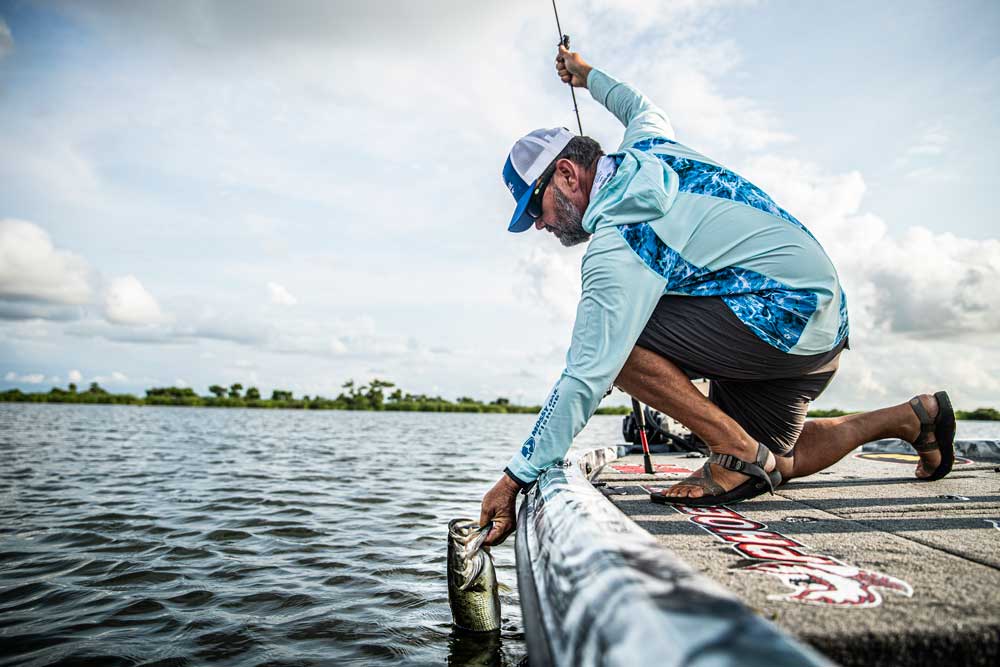
Post-spawn bass fishing frequently gets a bad rap as many anglers perceive a “lull” in fishing success after bass move off the spawning beds.
In many cases, the lull is not caused by a lack of bass aggression but a change in the fish’s mindset from guarding and protecting the nest to rebuilding muscle and fat reserves expended during the spawning process. Factor in also that 90 percent of the bass have moved.
Depending on water temperature and quality, bass may only move a short distance from their spawning grounds in order to regroup. Once the short migration is complete, one of the following patterns is usually a good way to get back in the action.
How Long Does the Bass Spawn Last?
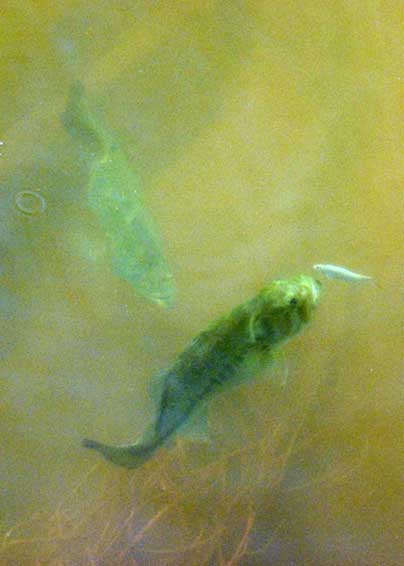
Shad/Herring Spawn
In many lakes and impoundments across the country, the end of the bass spawn often coincides with the beginning of spawning seasons for important forage species such as herring and shad. All varieties of bass are searching for spawning baitfish. Striped bass, white bass, largemouth and others are all on the hunt for herring and shad.
Herring, if your lake has them, spawn in different areas than threadfin and gizzard shad, which are the more common shad species that bass feed on. With that said, anglers should change tactics when fishing a herring spawn versus a shad spawn.
Look for herring to spawn on clay and sandy areas closer to the main lake. Make long casts around these areas with herring imitating baits such as jerkbaits, natural colored swim baits and shallow diving crankbaits. The goal is to cover a lot of water until you can figure out how bass are oriented to the bottom.
Shad spawn in more protected areas than herring. You will often see schools dimpling the surface in secondary pockets and around structures. Smaller shad imitating baits as well as multi-bladed spinnerbaits and Alabama rigs work well around spawning shad. Bass seem to react to baits that imitate the flash that shad make as they try to escape predators.
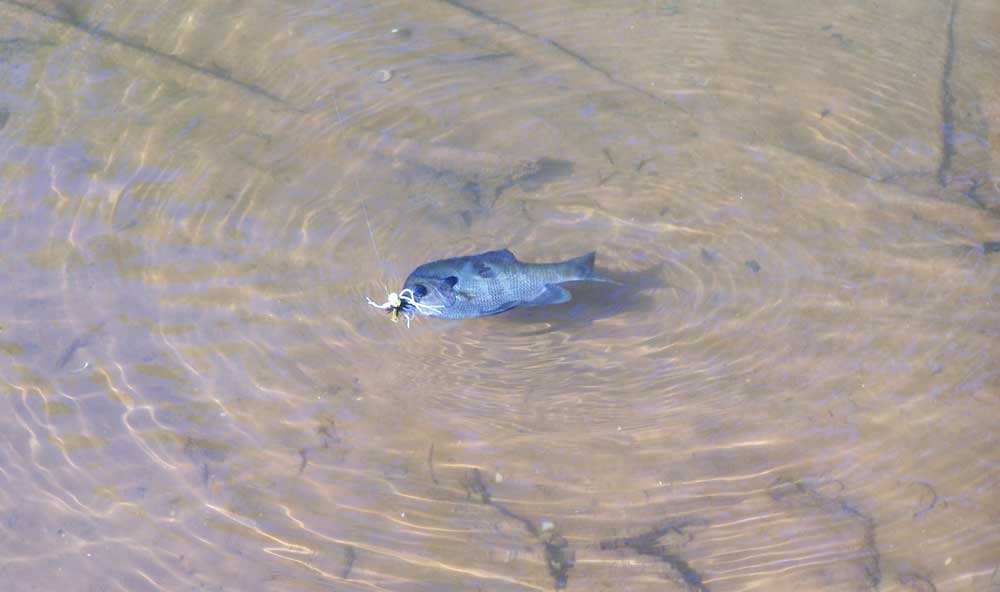
Fish Bream Beds
Bream fisherman may be familiar with losing a bream to a trophy bass while playing it to the boat over open water. Often bass will stay close to spawning bream beds and regularly come into feed throughout the day. Anglers can take advantage of this by throwing blue, purple or black swimbait on the outskirts of bream beds.
A stealthy approach is best while casting baits into or across bedding areas and working the baits back to deep water. This is a great opportunity for kayak anglers, as they can make a quiet approach without alerting bream or bass.
Bass Lures That Trigger the Summer Bass Bite
Lowlight Topwater
A topwater bite will exist at first and last light for most of the summer until bass vacate the shallows altogether. Topwater plugs that mimic herring, shad or bream will capitalize on the above two scenarios as well as targeting wolf-packing bass that are roaming the shallows.
The best topwater baits are those that will allow a walking/waking action on the retrieve as lowlight conditions usually involve calm water and call bass from a distance. A proper retrieve is one that mimics an injured baitfish. The bite is often epic, so anglers should be ready to make a solid hook set.
Windy or overcast conditions can extend the topwater bite and allow you to fool bass longer into the day. You can also use heavier lines in these conditions without fear of bass noticing it. Take note of the water clarity. Bass often have less of a strike zone in murky water.
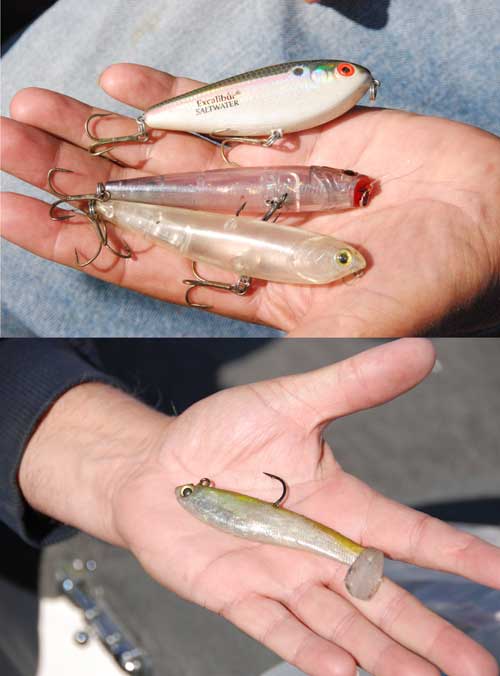
Finesse Fishing
When bass vacate the spawning grounds, their next stop is frequently shallow water brush tops or stake beds. Shallow is relative to the type of lake you are fishing and may be five to eight feet of water in a lowland impoundment, 10-15 feet of water in a mid-land or hill-land type impoundment and as deep as 30 feet in a mountain impoundment.
Drop-shotting or casting a shaky-head rig near structure is a great way to entice bass that may be holding tight, particularly into the middle of the day when the sun gets high. If the bite is slow, try a lighter line or leader when fishing this time of day.
Efforts should be made to keep the drop shot or shaky head on target and wiggle the bait in order to elicit strikes. It takes a lot of patience to entice a bass with a small strike zone, but you can irritate even the most stubborn bass into a strike. Once you get the first bass to hit your drop shot or shaky head, nearby bass will have a faster response time.
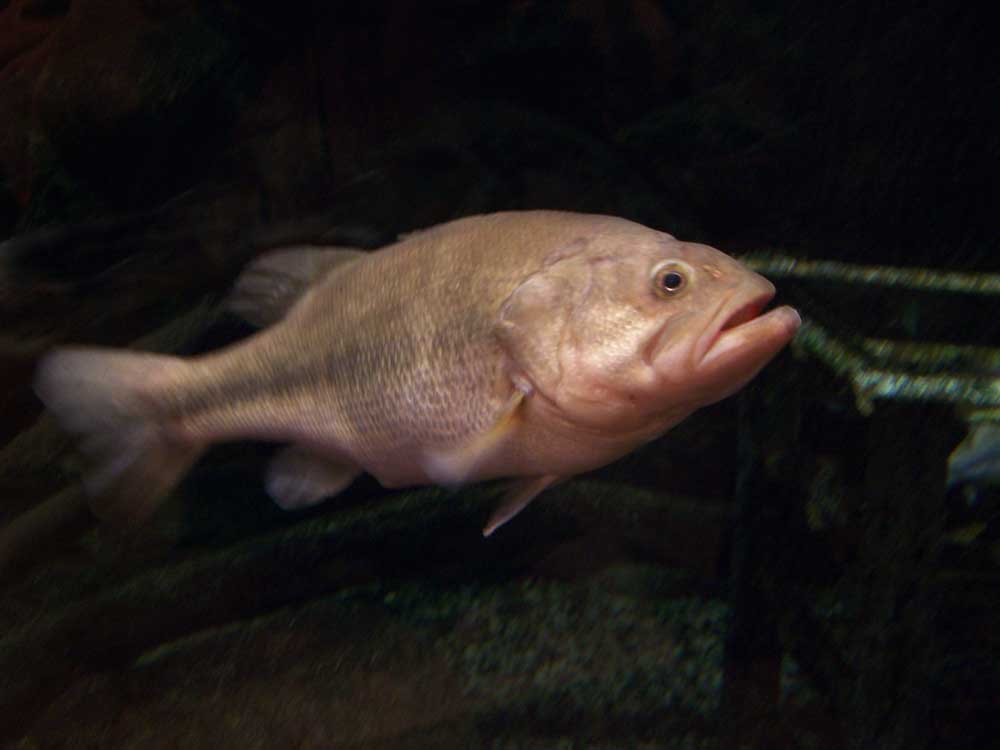
Bridges and Man-Made Structures
In lakes that have bridges that span deep water, a great post-spawn pattern is to target bass holding tight to bridge pilings or other vertical surfaces. Often, large numbers of bass will hold here waiting on an easy meal.
Not all bridges are created equal and the best structures will provide overhead cover for shade. Frequently, birds and insects will nest in those overhead areas and provide the catalyst for bass to feed. Take a minute to examine overhead and underneath before committing to fishing a particular bridge.
Swallows especially like to nest under bridges because of the large number of available insects found there. If you see swallows buzzing around a bridge, the odds are there are bass nearby.
If birds/insects are nesting, chances are good that eggs, young, larvae, etc. will fall in the water and either be eaten by bass or trigger smaller fish that bass will feed on. A falling type bait works well here.
Cast a wacky-rigged trick worm on a spinning rod with 10- to 12-pound line and open the bail, allowing the worm to slowly descend next to the piling or vertical surface. Watch your line or forward-facing sonar for signals that a bass has engulfed the bait and then close the bail, tighten up and set the hook.
Pick a Pattern
As your fishing strategy turns from fishing the spawn to fishing the post-spawn, keep in mind that post-spawn bass will often follow one of these five post-spawn patterns. In many cases, bass move from pattern to pattern throughout the day as conditions change. Knowing this, you may not see a thing under a bridge on the way in and catch a limit under the same bridge on the way out. These five patterns can deliver you from the lull and put post-spawn bass in the boat.































